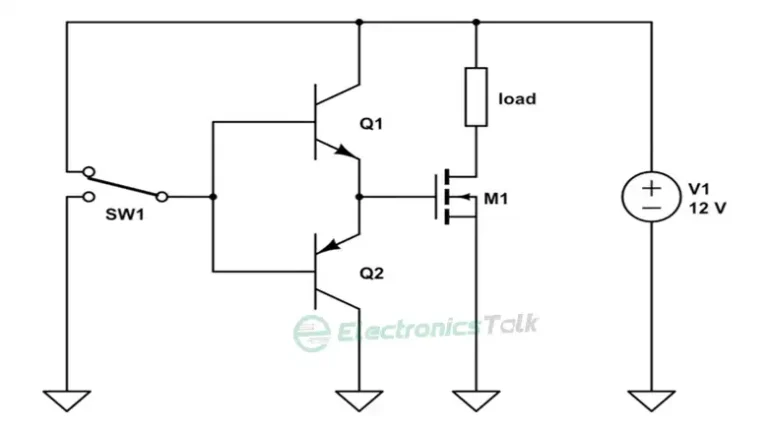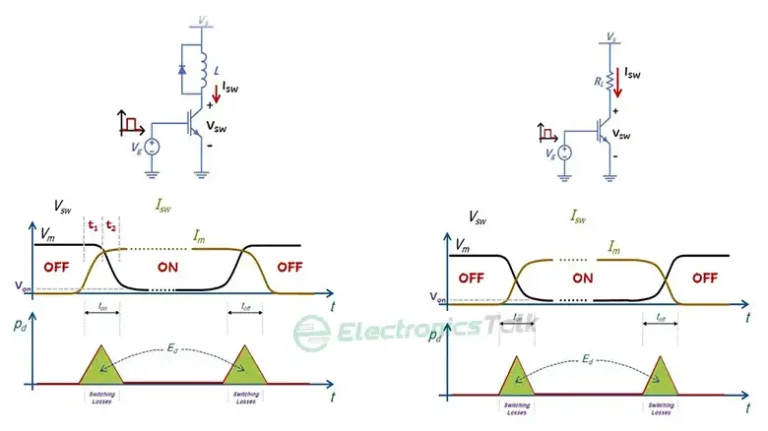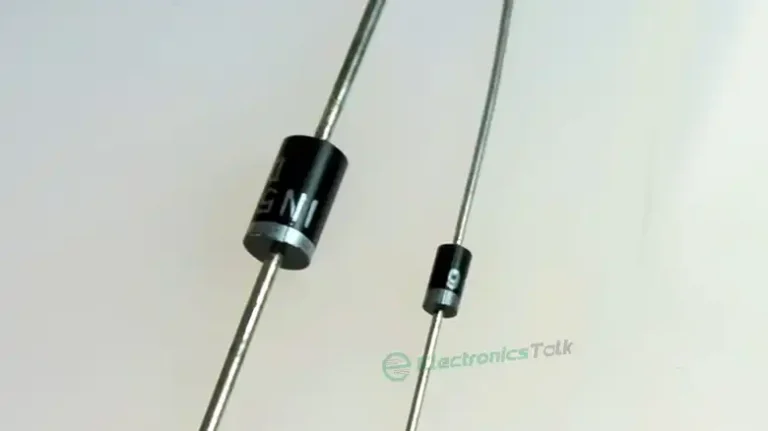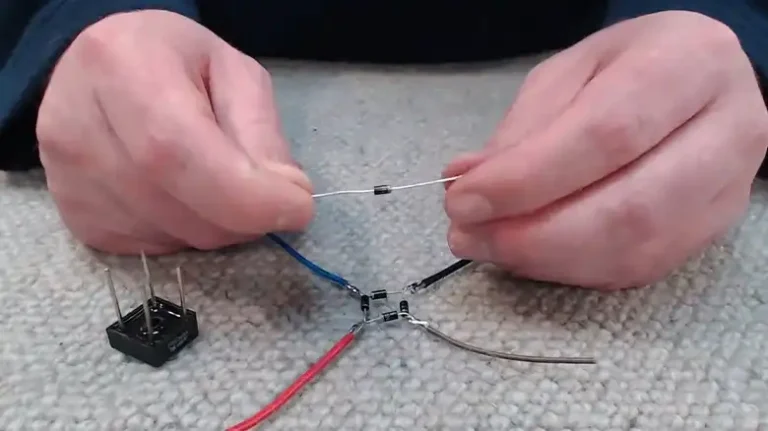What is the Difference Between Op-Amp and Transconductance Amplifier? Explained
Among various amplifiers, Operational Amplifiers (Op-Amps) and Transconductance Amplifiers are key players in diverse applications like signal processing and control systems. Op-Amps are the go-to for high input impedance and voltage amplification, often using complex feedback systems for stability.
Transconductance Amplifiers specialize in voltage-to-current conversion, generally excelling in power efficiency. These amplifiers differ substantially in operation, architecture, and output traits. The selection between them often depends on specific needs concerning linearity, bandwidth, and power usage.
This article demystifies these crucial differences, aiding engineers, researchers, and electronics enthusiasts in making informed choices.

Rigorous Comparative Analysis: Operational Amplifiers (Op-Amps) vs Transconductance Amplifiers
Understanding the critical differences between Operational Amplifiers (Op-Amps) and Transconductance Amplifiers is essential for optimal circuit design and performance.
1. Input-Output Relationship
Op-Amp: Functions predominantly in the realm of linear voltage-to-voltage amplification. It boasts a high open-loop gain AOL, often exceeding 105. The mathematical model for an ideal Op-Amp is Vout = AOL × V+ – V–, where V+ and V– are the non-inverting and inverting inputs, respectively.
Transconductance Amplifier: Operates on a voltage-to-current conversion principle. Its output current Iout is described by Iout = gm × Vin, where gm is the transconductance parameter. This makes the Transconductance Amplifier effectively a Voltage-Controlled Current Source (VCCS).
2. Gain Control
Op-Amp: In closed-loop configurations, the gain external passive elements, usually resistors primarily govern ACL. For example, in an inverting amplifier, ACL = – Rf / Ri, where Rf is the feedback resistor and Ri is the input resistor.
Transconductance Amplifier: The device allows dynamic control of the transconductance gm, which can be modulated by varying a control voltage Vctrl or setting different bias conditions. This feature enables a wide range of tunable gains, useful in applications such as automatic gain control (AGC) circuits.
3. Power Consumption
Op-Amp: Power dissipation Pdiss can be substantial due to the high quiescent current and extended bandwidth. This makes Op-Amps less ideal for battery-operated or energy-sensitive applications.
Transconductance Amplifier: Custom designs often exhibit much lower quiescent current IQ, which results in optimized power efficiency, especially crucial in mobile and RF applications.
4. Frequency Response
Op-Amp: The device often suffers from bandwidth limitations, generally ranging up to a few MHz for general-purpose types. The gain-bandwidth product GBW = ACL× f-3dB is a key performance indicator.
Transconductance Amplifier: It can operate well into the GHz frequency range, making it indispensable for high-frequency applications such as RF transceivers. The transconductance-bandwidth product GBW = gm × ft defines its frequency capabilities.
5. Complexity and Cost
Op-Amp: Simpler in topology, they are easy to integrate into circuits but may require compensation networks for stability, specifically when operating at high gains or bandwidths.
Transconductance Amplifier: Generally, more complex due to inherent non-linearities, necessitating intricate biasing and sometimes feedback mechanisms for optimal linear operation. This complexity often translates to higher component costs.
6. Applications
Op-Amp: Finds extensive use in a broad spectrum of low-frequency applications such as signal conditioning, analog computing, and as integral components in ADCs (Analog to Digital Converters) and DACs (Digital to Analog Converters).
Transconductance Amplifier: Commonly deployed in high-frequency systems including RF transceivers, phase-locked loops (PLLs), and QAM (Quadrature Amplitude Modulation) demodulators, among others.
7. Impedance Matching
Op-Amp: Characterized by a high input impedance often exceeding 1MΩ and a low output impedance, making them excellent choices for impedance transformation and buffering applications.
Transconductance Amplifier: Typically has a lower input impedance and higher output impedance, a feature which is leveraged in specialized applications like current amplification and impedance transformation.
8. Linearity and Distortion
Op-Amp: Within their operational bounds, they offer high linearity, but may introduce harmonic distortion at high frequencies or gains. Compensation techniques may be employed to mitigate this.
Transconductance Amplifier: Generally, exhibits non-linear characteristics except within a defined operating range set by gate-source voltage VGS and drain current ID. Feedback and biasing techniques may be used to enhance linearity.
FAQs – Frequently Asked Questions and Answers
Are Op-Amps more power-efficient than Transconductance Amplifiers?
Not necessarily. Op-Amps usually have higher power dissipation due to a higher quiescent current and wide bandwidth. Transconductance Amplifiers are often designed for lower power consumption, particularly in RF applications.
Which amplifier type is better suited for high-frequency applications?
Transconductance Amplifiers are generally more suited for high-frequency applications, often operating well into the GHz range. Op-Amps are typically limited to MHz frequencies.
How does quiescent current affect power consumption?
Quiescent current IQ is the current consumed by the amplifier when there is no signal. Higher IQ values lead to higher power dissipation and are thus less efficient, especially in battery-operated systems.
Conclusion
In conclusion, understanding the nuances between Operational Amplifiers and Transconductance Amplifiers is crucial for efficient circuit design. Each has its unique attributes in terms of gain, frequency response, and power consumption, making them suitable for distinct applications. Choose wisely based on your specific needs.






